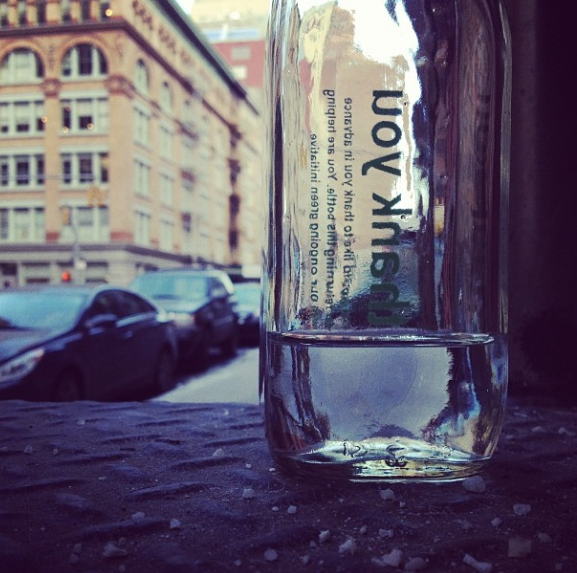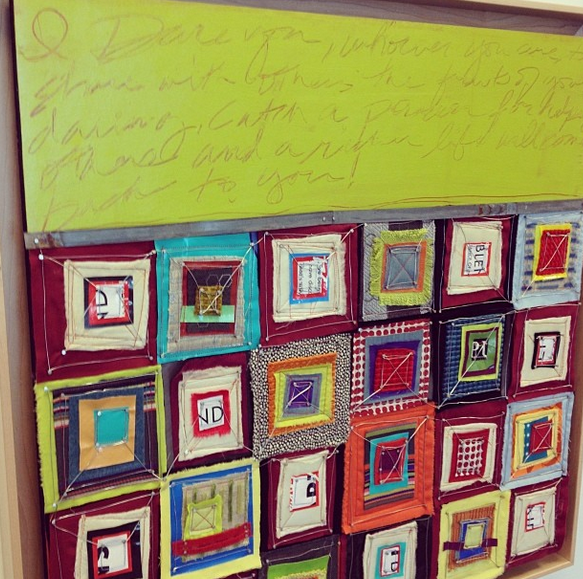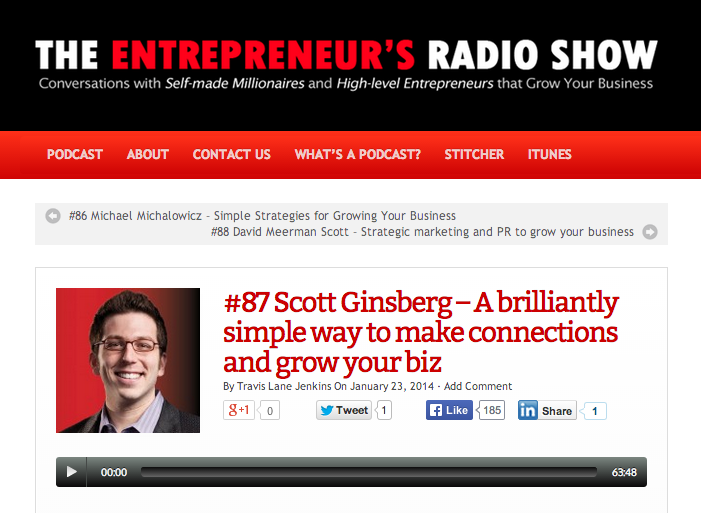
I don’t do moderation.
Commitment is my sword.
And I wield it on a daily
basis to slay whatever dragons cross my path.
Recently, my clients and
readers have been asking me a lot of questions about the relationship between
commitment and creativity. And although I’ve already written extensively on
topics like stick-to-itiveness and playing for keeps and treating commitment as
a technique, there’s still another facet of this philosophy that’s worth
exploring.
In
one of my favorite books,The Art of
Looking Sideways, famed visual designer Alan Fletcher wrote that the first
move in any creative process is to introduce constraints.
He
was referring to tangible constraints
like lines and borders and shapes and colors and physical space and time, but
also strategic constraints like job
titles and project management and market specialization and finding target
customers for your work.
And
yet, there’s a larger, more theoretical constraint that most creators don’t
think about.
Commitment.
That’s the ultimate constraint. Deciding that you’re going
to show up every day and create, no matter what. Treating your work as a daily
practice, thus professionalizing your art and using daily momentum to keep yourself
from feeling detached from the process.
Now, since limited scientific research has been published on
the psychology of personal commitment, experiential research will have to
suffice.
William Hutchison Murray was a mountaineer and writer. He led
a four-month, five hundred-mile trek through the Himalayas that helped blaze
the trail for the conquest of Everest three years later.
This man understood commitment. And although his powerful philosophy
on the subject has been widely cited and attributed to Goethe, the entire
passage actually originates from Murray’s book The Scottish Himalayan
Expedition:
“We had definitely committed ourselves and were halfway out
of our ruts. We had put down our passage money and booked a sailing expedition to
Bombay. This may sound too simple, but is great in consequence. Until one is
committed, there is hesitancy, the chance to draw back, always ineffectiveness.
Concerning all acts of initiative and creation, there is one elementary truth,
the ignorance of which kills countless ideas and splendid plans. That the
moment one definitely commits oneself, then providence moves too. All sorts of
things occur to help one that would never otherwise have occurred. A whole
stream of events issues from the decision, raising in one’s favor all manner of
unforeseen incidents and meetings and material assistance, which no man could
have dreamt would have come his way.”
Ask any professional creator, there’s a mysterious dimension
to mundane work ethic. Commitment creates a gravitational field that draws good
things into it. And so, as a constraint, commitment is actually what sets you
free.
In multiple ways:
Commitment is freedom from quality. When
you’ve committed to doing something everyday, there’s no stress about being
perfect or right or even good. Because you’re just going to be back tomorrow.
Today, it’s about focusing on quantity and continuity, trusting that everything
else will take care of itself.
Commitment is freedom
from choice. When you’ve committed to doing something everyday, there’s no wasting brain cells trying to
figure out what to do. Because you’ve already made your own decision and
met your own standards. You can just keep your eye on the ball and let your
mind go. Meanwhile, this positive addiction creates extremely optimal conditions
for the brain to grow. Today, it’s about getting on with your life and
getting to work.
Commitment is freedom from results. When
you’ve committed to doing something everyday, there’s no finish line in sight. Because you’re not playing to
win, you’re playing to keep the game going. Today, it’s about the journey, not
the destination, which allows you to be fully present with the activity at
hand.
Commitment is freedom from inhibition. When you’ve committed
to doing something everyday, there’s no
limitations on taking shots and missing. Because you’re just going zero out
your board when you play tomorrow anyway. Today, it’s about suiting up, hanging
your balls out hitting it with all you’ve got.
Commitment is freedom from pressure. When you’ve committed to
doing something everyday, there’s no
need to put all your eggs in one basket. Because you’re distributing
your effort into small, consistent, doable increments. Today, it’s about the
daily practice, not the big game at the end of the season.
Commitment is freedom from focus. When
you’ve committed to doing something everyday, the daily measure of time and consistency builds compounding
interest. Because you’ve established a gentle flow that obfuscates
procrastination. Today, it’s about cadence and rhythm and momentum.
It’s the only constraint that matters.
Start with commitment, and let everything else fall in line.










